For multi-pet households, maintaining harmony often requires strategic planning. One of the most effective tools for achieving peaceful coexistence is the use of pet gates or isolation barriers. These simple yet versatile devices can transform chaotic environments into structured spaces where each animal feels secure. Whether introducing a new pet, managing territorial disputes, or simply creating safe zones, the right gate can make all the difference.
The Importance of Pet Gates in Multi-Pet Homes
Living with multiple pets under one roof can be both rewarding and challenging. Dogs, cats, and other small animals have distinct personalities, energy levels, and boundaries. Without proper management, conflicts may arise—ranging from minor squabbles to serious altercations. Pet gates serve as a physical yet non-threatening way to establish boundaries, allowing pets to acclimate to each other gradually. Unlike closed doors, gates maintain visual and olfactory contact, which is crucial for reducing anxiety during introductions.
Beyond conflict prevention, isolation gates help in managing feeding times, protecting smaller or older pets, and even preventing destructive behaviors. A well-placed gate can keep a curious puppy away from a cat’s litter box or stop a territorial cat from ambushing a shy dog. The key is selecting the right type of gate for your specific needs, as not all barriers are created equal.
Choosing the Right Isolation Gate
When browsing for pet gates, the first consideration should be the type of pets in your home. For households with large or agile dogs, a tall, sturdy gate with a locking mechanism is essential. Pressure-mounted gates may work for temporary setups, but determined jumpers or climbers can easily bypass them. For cats, gates with narrow vertical bars or mesh panels prevent squeezing through, while retractable designs offer flexibility for varying spaces.
Material choice also plays a significant role. Metal gates are durable and chew-resistant, making them ideal for teething puppies. Wooden gates blend seamlessly with home décor but may not withstand persistent scratching. For homes with both cats and dogs, dual-purpose gates with small pet doors can allow cats to pass through while keeping dogs confined. Additionally, some gates feature adjustable widths, ensuring a snug fit in hallways or doorframes without damaging walls.
Installation and Training Considerations
Even the best gate is ineffective if pets refuse to respect it. Proper installation is critical—wobbly or poorly secured gates can be knocked over, potentially causing injury. Hardware-mounted gates provide the most stability, especially for strong or excitable pets. Once installed, gradual training helps pets associate the gate with positive experiences. Rewarding calm behavior near the barrier and using treats to encourage acceptance can ease the transition.
For cats, introducing a gate may require extra patience. Placing treats or toys on either side can encourage exploration, while pheromone sprays can reduce stress. Dogs, on the other hand, may benefit from short, supervised sessions where they learn to stay behind the gate without whining or attempting to jump. Consistency is key; pets thrive on routine, and clear boundaries help them understand expectations.
Beyond Isolation: Gates as a Tool for Enrichment
While gates are often seen as a means of separation, they can also enhance a pet’s environment. By creating designated zones, owners can tailor spaces to meet individual needs—such as a quiet corner for an aging pet or a play area for a high-energy dog. Some innovative gates even come with built-in toys or climbing features, turning a simple barrier into an interactive element.
In multi-species households, gates can facilitate controlled interactions, allowing pets to observe and scent each other safely. Over time, this can lead to smoother introductions and stronger bonds. The psychological benefit of having a "safe retreat" cannot be overstated; pets that know they can escape tension are less likely to develop stress-related behaviors.
Final Thoughts on Selecting the Perfect Gate
Investing in the right pet gate requires careful thought, but the payoff is a harmonious home where every animal feels secure. Assess your pets’ behaviors, measure your space accurately, and prioritize durability and functionality over aesthetics. Remember that no single solution works for every household—what suits a pair of laid-back cats may not suffice for a rambunctious dog and a timid rabbit.
Ultimately, pet gates are more than just barriers; they are tools for fostering patience, safety, and mutual respect among furry companions. With the right approach, these unassuming devices can transform cohabitation from a challenge into a seamless and enjoyable experience for both pets and owners alike.
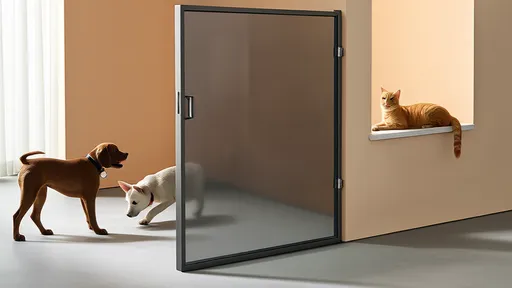
By /Jul 31, 2025

By /Jul 31, 2025

By /Jul 31, 2025
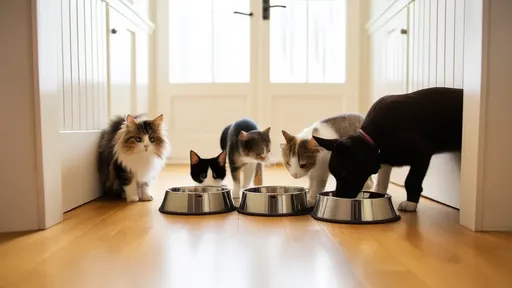
By /Jul 31, 2025

By /Jul 31, 2025

By /Jul 31, 2025

By /Jul 31, 2025

By /Jul 31, 2025
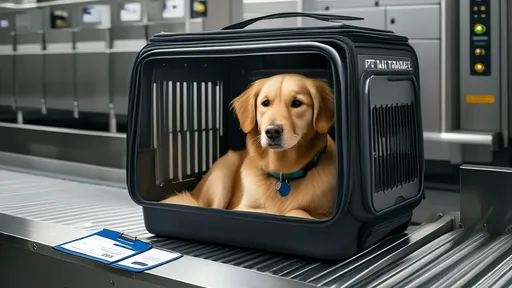
By /Jul 31, 2025
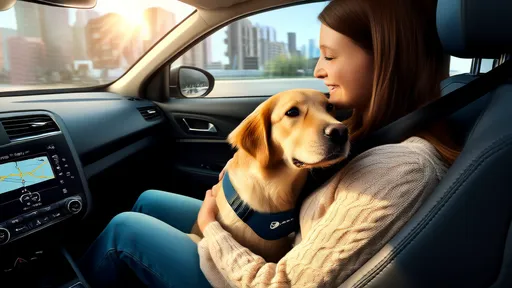
By /Jul 31, 2025
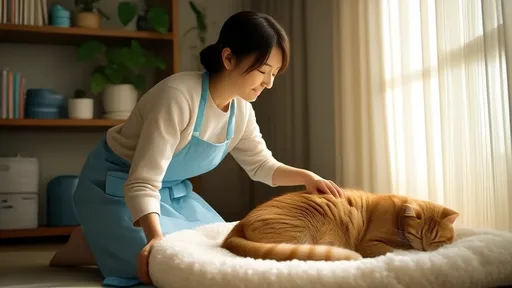
By /Jul 31, 2025
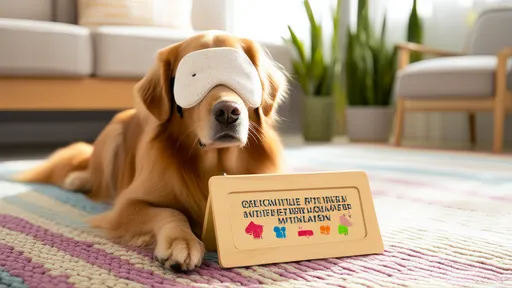
By /Jul 31, 2025

By /Jul 31, 2025
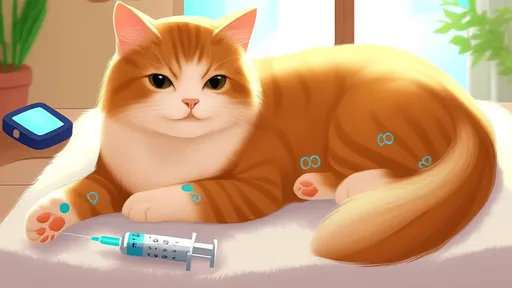
By /Jul 31, 2025
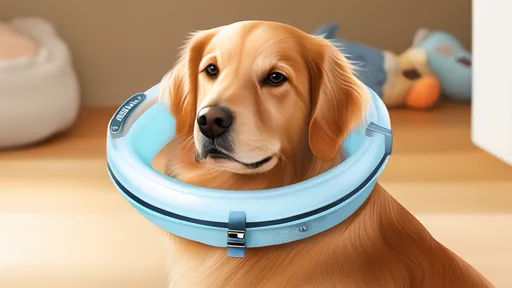
By /Jul 31, 2025

By /Jul 31, 2025
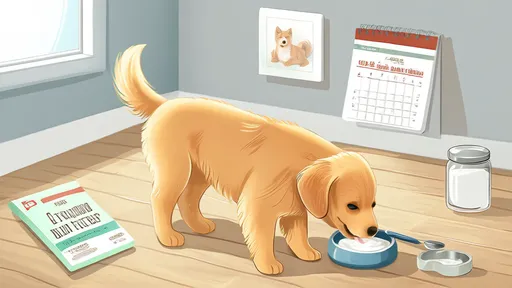
By /Jul 31, 2025

By /Jul 31, 2025

By /Jul 31, 2025
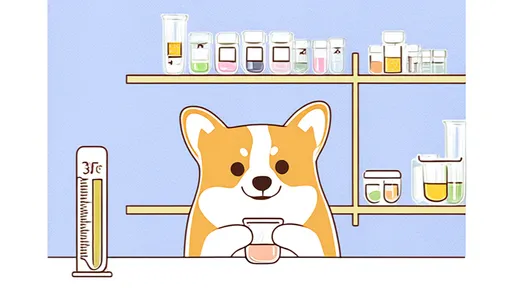
By /Jul 31, 2025